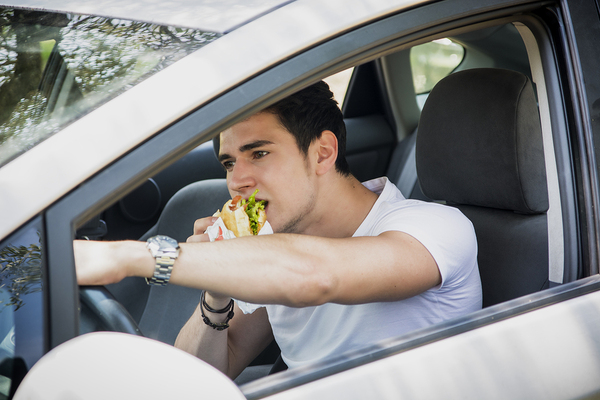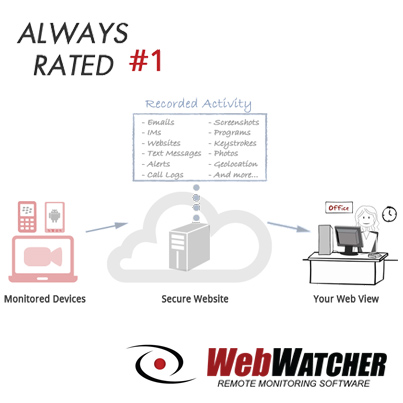For worried parents of teen drivers, there’s some good news: teens are less likely to drive drunk than they used to be. In fact, the drunk driving rate for 16 to 20-year-olds declined by 59% between 2012 and 2014. That’s huge! Unfortunately, there’s bad news too. Today’s teens may be drinking less, but that doesn’t mean that they’re fully focused behind the wheel. Distracted driving–in other words, driving without giving one’s full attention to the task because you’re also doing something else–is on the rise, especially among teens. And that’s leading to some pretty scary driving statistics.
Texting While Driving Kills

One of the most obvious examples of distracted driving is driving while texting or talking on a cell phone. For today’s teens, who’ve grown up with mobile devices within arm’s reach at all times, failing to put the phone down while driving is a serious problem. Texting while driving kills eleven teenagers a day, and 21% of teenagers involved in fatal accidents were on the phone at the time of their accident.
Of course, teens aren’t the only ones who text and drive, and it’s not safe for adults either. But teens do seem to be more vulnerable–they’re about four times more likely to get into a crash or a near-miss accident than adults are while texting or talking. Some states have taken steps to curb teen texting and driving, like making it illegal for teens to use phones at all while driving. However, the prospect of being ticketed for texting while driving may not be enough to keep teens from returning a text while behind the wheel.
Teenage Passengers Increase the Chances of an Accident
You may want to think twice about letting your teen catch a ride with a friend, or letting your teen play taxi for a group of other teens. Adding one teenager passenger to a car driven by a teen nearly doubles the risk of an accident. The more teens are in the car, the more likely an accident becomes. By contrast, adults over 35 as passengers reduce the risk of an accident.
Most states have a graduated driving law that restricts how many teen passengers they can have and when they can have them. However, these laws are difficult for traffic police to enforce–officers can’t necessarily tell the difference between a 16 and an 18-year-old on sight, so unless there’s a driving violation, a car full of teenaged passengers may not get stopped. It’s important for parents to be aware of not just where their teens are going, but who’s going to be in the car with them.
Not All Distractions Are Teen-Specific

It’s important to note that even if you’re sure that your teen is locking their cell phone in the glove box and driving alone, there are other types of distractions that are less specific to teens, but that teens may engage in. For example, in 2009, one study found that eating while driving played a role in 80% of car accidents and 65% of near misses.
Other dangerous distractions include driving while applying makeup, driving while fiddling with the radio, and driving while sleepy. You may have driven under some of these conditions yourself. Make sure that you’re not only talking to your teen about avoiding these distractions but also setting a good example when you drive.
Parental monitoring software can help you monitor your teen’s driving even when your away. For example, being able to look through your teen’s text, call, and instant messaging history can let you know whether your teen is texting from the road, picking up friends, or cruising through drive-throughs for lunch. This can help you set and enforce rules and boundaries and open up conversations between you and your teen about safe driving. To find out how parental monitoring software can help you keep your teen safer behind the wheel, get our free trial.





